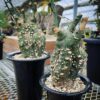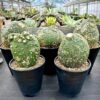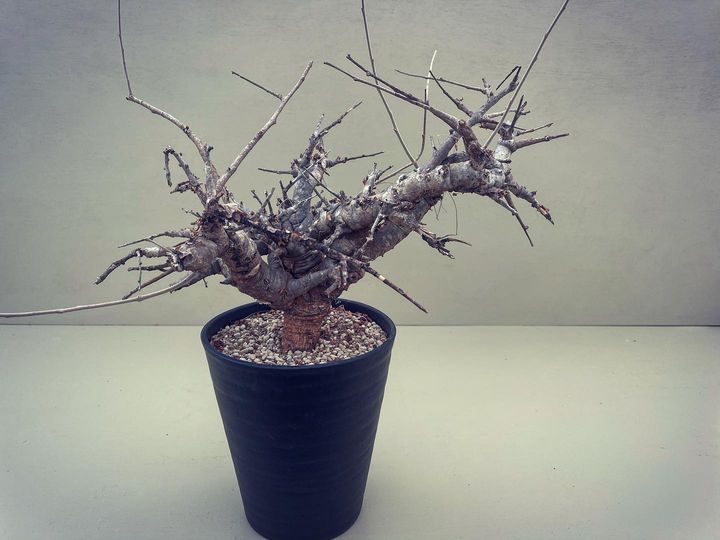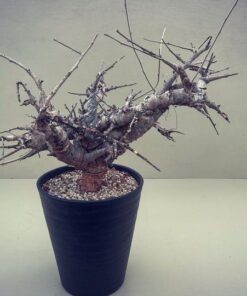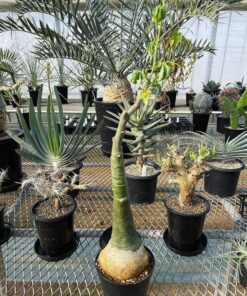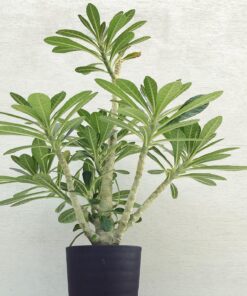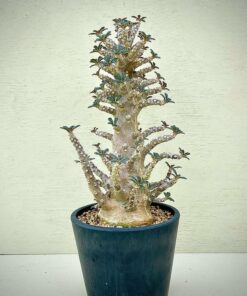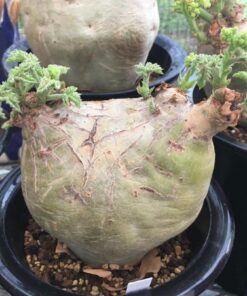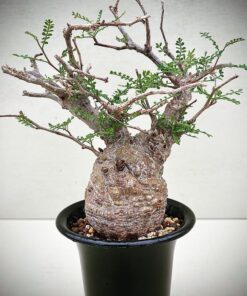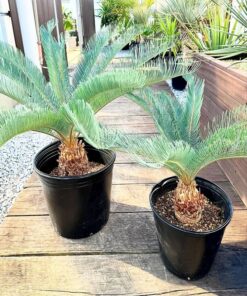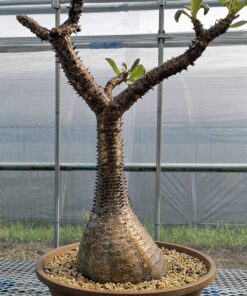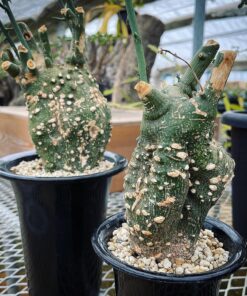Boswelia Neglecta
$120.00
Boswellia neglecta S. Moore is a frankincense-producing tree species dominantly found in the dry wood- lands of southeastern Ethiopia. Currently, the population of this socio-economically and ecologically important species is threatened by complex anthropogenic and climate change related factors.
Out of stock
Categories: All Plants, Medium Plants
Tags: Boswelia, boswelia Neglecta, Caudex Plants
Boswellia neglecta, also known as the East African Frankincense, is a deciduous tree species belonging to the Burseraceae family. It is native to Eastern Africa, specifically regions of Kenya, Ethiopia, and Somalia.
This tree is known for its distinctive, swollen trunk and peeling bark, which reveals a smooth, greenish underlayer. The swollen trunk serves as a water storage system, allowing the tree to survive in arid climates and drought conditions.
The leaves of Boswellia neglecta are compound, comprising of numerous small, light green leaflets that give the tree a feathery appearance. During the dry season, the tree typically sheds its leaves to conserve water.
One of the most notable features of Boswellia neglecta is its resin, which is harvested and used to produce frankincense. The resin is collected by making incisions in the trunk, from which the resin then seeps out and hardens into droplets or “tears”. These tears are collected and used in perfumes, incense, and traditional medicines.
In cultivation, Boswellia neglecta is a popular choice for xeriscaping and as a bonsai specimen due to its unique aesthetic and drought-resistant properties. However, it requires well-drained soil and plenty of sun to thrive. It is also worth noting that Boswellia neglecta is slow-growing and requires patience to reach its full potential.
Related products
All Plants
$130.00
New
All Plants
$120.00
All Plants
$200.00
All Plants
$180.00
All Plants
$250.00
All Plants
$180.00
All Plants
$90.00
All Plants
$130.00

